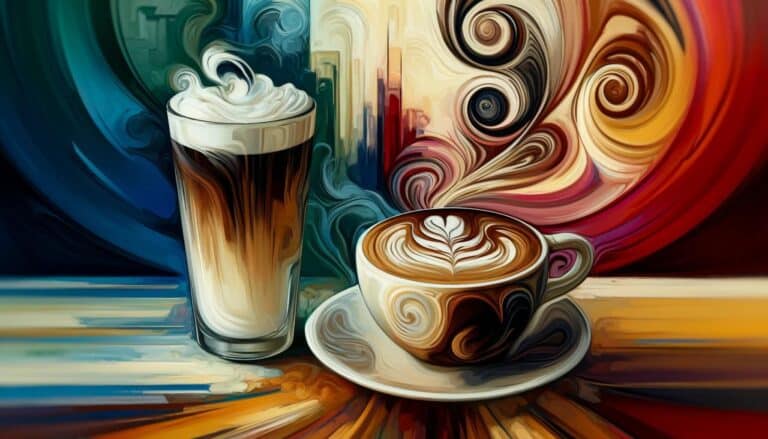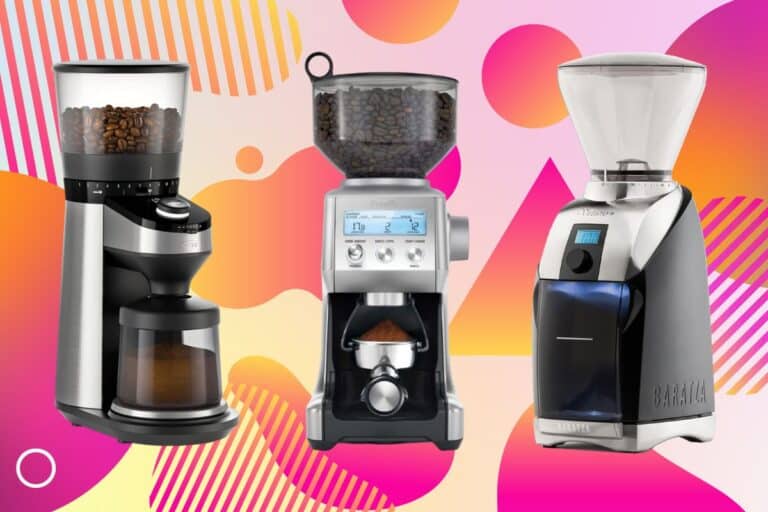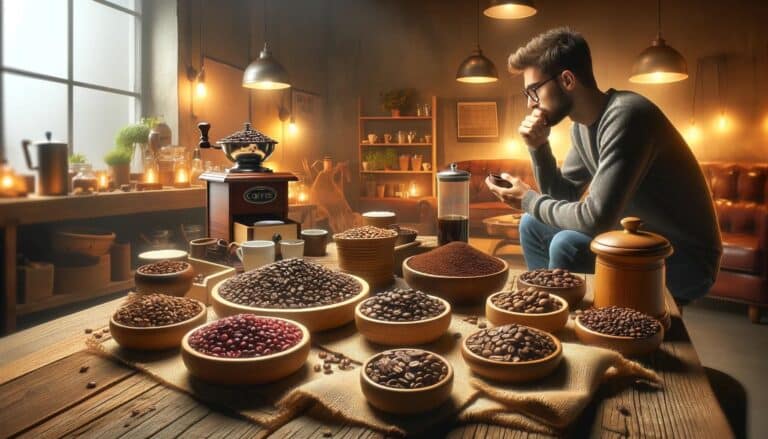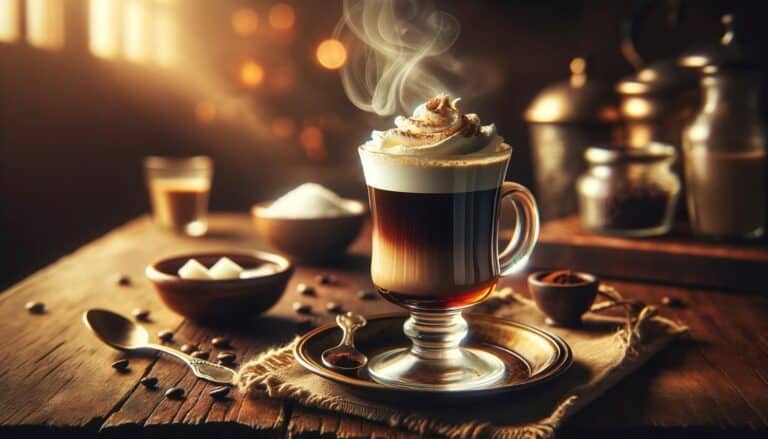The Espresso Martini is more than just a cocktail; it’s a compelling blend of coffee’s boldness with the smooth elegance of vodka, creating a beverage that’s both invigorating and luxurious. This cocktail has risen from its humble beginnings to become a staple on menus around the globe, symbolizing sophistication and a modern twist on cocktail culture. Originally crafted in the bustling bars of 1980s London, it has since evolved, capturing the hearts of night owls and cocktail aficionados alike. Its resurgence in popularity speaks to its enduring appeal, as it continues to be reinvented by mixologists who add their own local flair and personal touches to the classic recipe. The Espresso Martini is not just a drink; it’s a statement—a perfect marriage of energy and relaxation, making it a favorite choice for an evening starter or a nightcap. As we delve deeper into its history, variations, and the art of crafting the perfect Espresso Martini, we celebrate this iconic drink that stands as a testament to the ever-evolving world of cocktail mixology.
The Origin and Resurgence of the Espresso Martini

The Birth of an Icon
The Espresso Martini was born out of the vibrant 1980s London cocktail scene, a creation of the legendary bartender Dick Bradsell. While tending the bar at Fred’s Club in Soho, Bradsell was approached by a young model who asked for a drink that would “wake me up and then f— me up.” Rising to the challenge, he combined vodka, fresh espresso, coffee liqueur, and sugar, serving up the first iteration of what would soon become a global phenomenon. This cocktail was initially dubbed the “Vodka Espresso” and later became known as the Espresso Martini. Its creation was serendipitous, combining the growing popularity of quality coffee with the ongoing cocktail renaissance.
Cultural Context of the 1980s
During the 1980s, the cocktail scene was characterized by a return to classic mixology with a twist of innovation. This era saw the rise of craft cocktails and a renewed interest in high-quality ingredients. The Espresso Martini, with its use of fresh espresso, tapped into the burgeoning coffee culture, which was just beginning to emphasize authentic, robust flavors and artisanal preparation methods. It stood out as a sophisticated yet accessible drink, encapsulating the decade’s flair for indulgence and the emerging trend of coffee as a gourmet offering.
Resurgence and Modern Interpretations
After its heyday in the 1990s, the Espresso Martini experienced a resurgence in the early 2000s, thanks in part to the craft cocktail movement and a renewed interest in coffee as an artisanal product. Today, modern mixologists have embraced and reinterpreted this classic, infusing it with everything from local coffee brews to flavored liqueurs and even non-dairy alternatives. Cocktail enthusiasts are drawn to its rich flavor and stimulating effects, making it a favorite choice in bars and restaurants looking to offer something both nostalgic and contemporary. The Espresso Martini continues to evolve, yet it remains a timeless link to the cocktail culture of the past, while offering endless possibilities for innovation.
In this new era, the Espresso Martini is more than just a cocktail; it’s a canvas for creativity, allowing bartenders to express both their respect for tradition and their innovative spirits. As we continue to see this classic reinvented, it’s clear that the Espresso Martini is not just back—it’s here to stay, proving that good taste never goes out of style.
Classic Espresso Martini Recipe
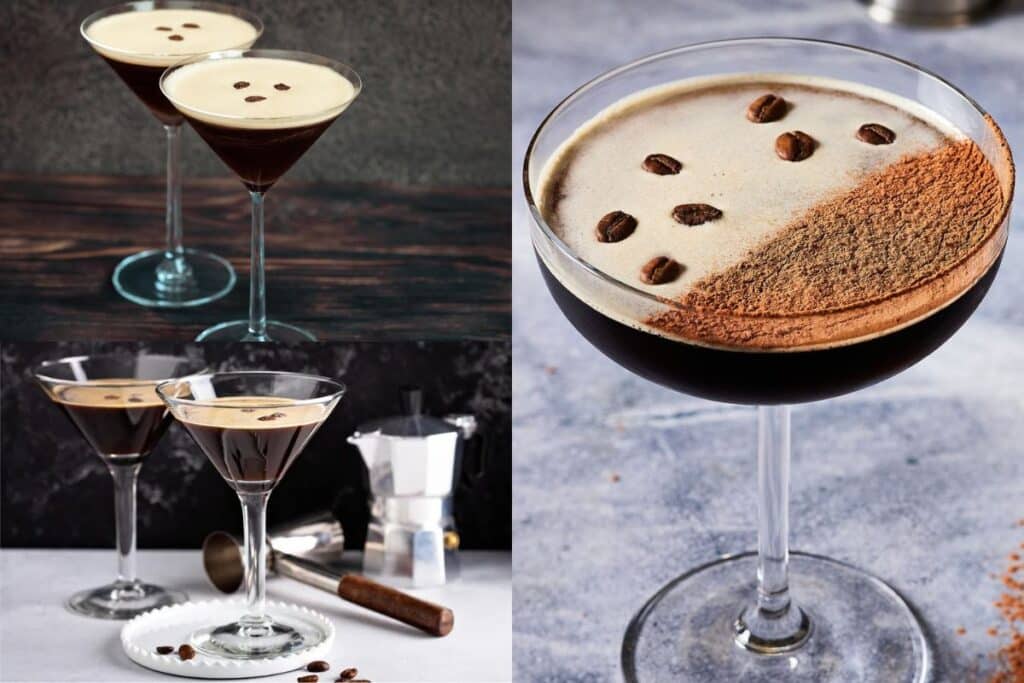
Ingredients List
- Vodka: 2 ounces (Choose a high-quality vodka that complements the robust flavors of the espresso without overpowering them.)
- Fresh Espresso: 1 ounce (Freshly brewed for optimal flavor and temperature control.)
- Coffee Liqueur: 1/2 ounce (Kahlúa or a similar high-quality coffee liqueur adds depth and sweetness.)
- Simple Syrup: 1/4 ounce (To balance the bitterness of the espresso.)
Step-by-Step Mixing Instructions
- Chill Your Glass: Begin by placing your martini glass in the freezer to chill. A cold glass will enhance the drinking experience by keeping the cocktail chilled longer.
- Brew the Espresso: Brew a shot of espresso. If possible, use a machine that produces a rich crema and robust flavor. Allow the espresso to cool slightly to prevent it from melting the ice too quickly, which would dilute the cocktail.
- Mix the Ingredients: Fill a cocktail shaker halfway with ice cubes to chill the ingredients without over-diluting them. Pour the vodka, cooled espresso, coffee liqueur, and simple syrup over the ice.
- Shake Vigorously: Seal the shaker tightly and shake vigorously for 15-20 seconds. The vigorous shaking is crucial as it chills the cocktail while also creating a slightly frothy top layer from the espresso’s crema.
- Strain and Serve: Strain the mixture into the chilled martini glass. The fine straining process ensures a smooth texture without any ice shards or coffee grounds.
- Garnish: Optionally, garnish with three coffee beans placed in the center of the drink. The beans are not only decorative but traditionally symbolize health, wealth, and happiness.
Importance of Ingredient Quality and Preparation Techniques
- Ingredient Quality: The quality of each ingredient in an Espresso Martini significantly affects the cocktail’s flavor profile. High-quality vodka ensures a clean, smooth base, while premium coffee liqueur can add a luxurious depth. Freshly brewed espresso is essential for capturing the essence of the coffee, providing a freshness that cannot be matched by pre-brewed or instant varieties.
- Preparation Techniques: Proper technique is crucial in cocktail crafting. The temperature and texture of the espresso are key; it should be freshly brewed and cooled to just the right temperature to maintain its character while not melting the ice too quickly. The shaking technique helps to emulsify the cocktail, creating a perfect balance of flavor and a visually appealing creamy top.
Following these guidelines ensures that the Espresso Martini you craft will not only taste exceptional but also meet the standards of quality expected in high-end cocktail preparation, providing a satisfying balance of strong coffee and smooth vodka with just a hint of sweetness.
Gourmet Variations and Expert Tips
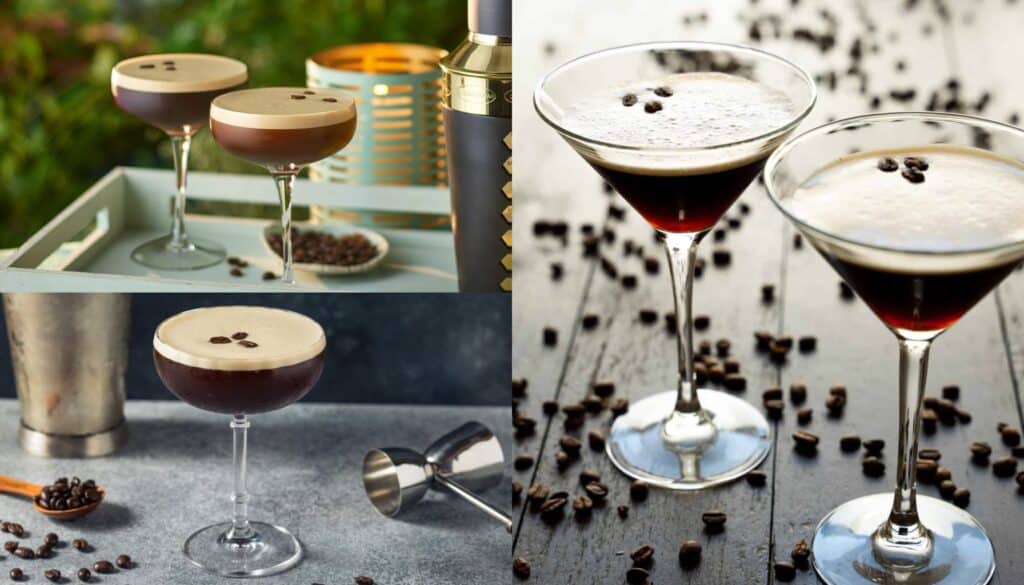
Innovative Variations
The classic Espresso Martini offers a perfect template for creative variations that can enhance or transform its flavor profile. Renowned bars and mixologists around the world have experimented with premium and exotic ingredients to elevate this beloved cocktail:
- Premium Spirits: Substituting vodka with high-end spirits like Classe Azul reposado tequila introduces a smoother, subtly complex base that complements the bold espresso. This choice not only changes the flavor dynamics but also adds a luxurious twist to the traditional recipe.
- Unique Liqueurs: Incorporating different coffee liqueurs or even branching out to other types like amaretto or crème de cacao can alter the sweetness and depth of the Espresso Martini. Each liqueur brings its own unique notes, from nutty amaretto to rich chocolate, offering a personalized touch to the cocktail.
- Infusions and Botanicals: Some mixologists infuse their vodka or espresso with herbs like vanilla, cinnamon, or even chili to add a distinct layer of flavor that enhances the coffee’s natural profiles.
Impact on Flavor Profile and Presentation
These gourmet variations significantly impact the Espresso Martini’s overall sensory experience:
- Flavor Complexity: Premium ingredients like aged tequila or bespoke liqueurs introduce a range of subtle undertones that enrich the cocktail’s flavor matrix, making each sip a complex taste experience.
- Visual Appeal: Unusual ingredients and garnishes, such as a vanilla pod or cinnamon stick, not only add to the flavor but also enhance the cocktail’s visual presentation, making it more appealing and intriguing.
Expert Tips for Perfection
Achieving the perfect Espresso Martini requires attention to detail and mastery of technique. Here are some expert tips to help you craft a superior cocktail:
- Achieving the Perfect Froth: The key to that iconic frothy top lies in the method of shaking. Always use fresh espresso and ice from a clean source to avoid dilution. Shake vigorously for at least 15 to 20 seconds to aerate the espresso’s crema adequately.
- Balance and Proportion: The balance of sweetness, bitterness, and alcohol strength is critical. Adjust the simple syrup and liqueur ratios depending on the base spirit’s strength and the espresso’s bitterness to maintain a harmonious flavor profile.
- Chill Everything: From the glass to the espresso, ensure all components are chilled properly to prevent premature melting of ice, which can dilute the cocktail and impact its texture and strength.
- Layering Flavors: When experimenting with infusions or additional flavors, introduce them in layers to build complexity without overwhelming the primary notes of coffee and vodka.
By adhering to these guidelines and incorporating high-quality ingredients, mixologists and enthusiasts alike can explore a spectrum of flavors and presentations, making each Espresso Martini not just a drink, but a crafted experience. Whether you stick to the classic recipe or venture into gourmet variations, the essence of a great Espresso Martini lies in its balance and the quality of its components.
Customizing Your Espresso Martini
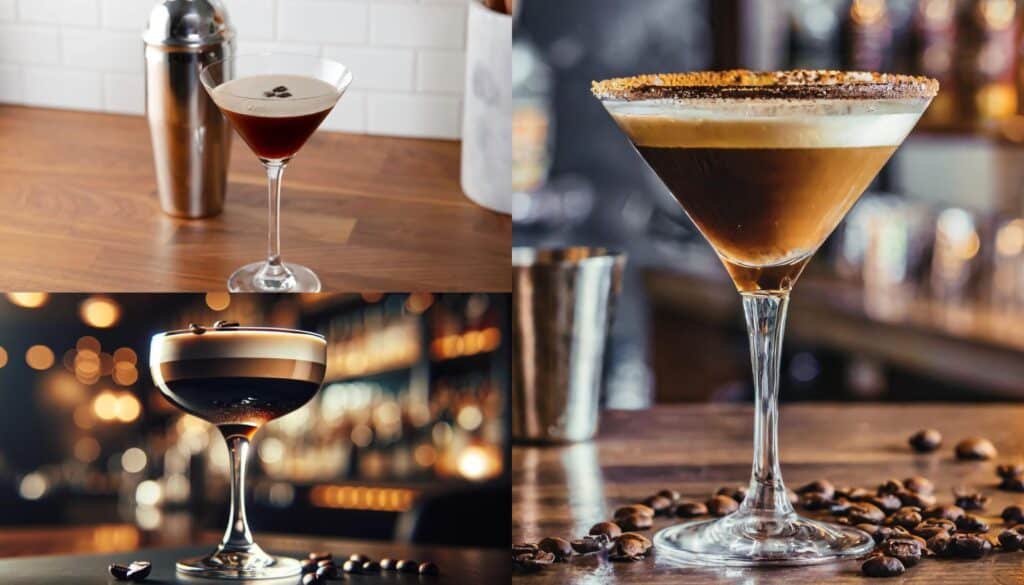
Personalizing Sweetness, Alcohol, and Coffee Strength
Customizing an Espresso Martini allows you to tailor it to personal taste preferences. Here’s how you can adjust the key components:
- Sweetness: Control the sweetness by varying the amount of simple syrup or choosing different types of coffee liqueurs. For a less sweet variant, reduce the syrup or opt for a bitter coffee liqueur. Conversely, for a sweeter touch, increase the syrup slightly or use a liqueur with a higher sugar content.
- Alcohol Content: Adjust the strength of the drink by altering the amount of vodka. For a lighter cocktail, slightly reduce the vodka and compensate with a splash of soda water if desired. For a stronger drink, increase the vodka proportionately, ensuring the balance with other ingredients remains consistent.
- Coffee Strength: The coffee flavor can be intensified or mellowed by selecting different brewing methods. Freshly pulled espresso offers a strong coffee flavor, while cold brew concentrate can be used for a milder version. Adjusting the ratio of coffee to other ingredients also allows for customization of the coffee strength.
Exploring Alternative Ingredients
Innovative ingredients can transform your Espresso Martini into a completely new experience:
- Cold Brew Concentrate: A practical alternative for those without espresso machines, cold brew concentrate provides a smooth, slightly sweet base that can be less acidic than espresso.
- Different Types of Liqueurs: Experiment with various liqueurs to find your preferred flavor profile. Amaretto offers nutty sweetness, while a chocolate liqueur can turn your Espresso Martini into a mocha-inspired treat.
- Cream Addition: For a dessert-like version, add a splash of cream or a cream-based liqueur like Baileys. This creates a richer, more indulgent cocktail perfect for after dinner.
Garnishes and Presentation
Enhancing the visual appeal and taste of your Espresso Martini can make it not only delicious but also a feast for the eyes:
- Classic Coffee Beans: Garnish with three coffee beans to stick with tradition and symbolize health, wealth, and happiness.
- Cocoa or Espresso Powder: Lightly dust the surface of the cocktail with cocoa or espresso powder for an elegant finish and added flavor.
- Creative Garnishes: Think outside the box with garnishes like a cinnamon stick, a twist of orange peel, or edible flowers for a unique and personalized touch.
Presentation Tips
- Glassware: Serve your Espresso Martini in a chilled martini glass to maintain its temperature and enhance its classic appearance.
- Layering: If adding cream, pour it over the back of a spoon for a layered effect that is visually stunning.
- Lighting: Present the cocktail in a well-lit area or under soft lighting to highlight its rich color and creamy froth.
By following these tips and exploring different ingredients, you can create a signature Espresso Martini that perfectly suits your taste and elevates your cocktail experience at home. Whether you’re aiming for a classic rendition or a personal twist, the key is to balance the flavors to achieve a harmonious and enjoyable drink.
The Role of the Espresso Martini in Modern Cocktail Culture
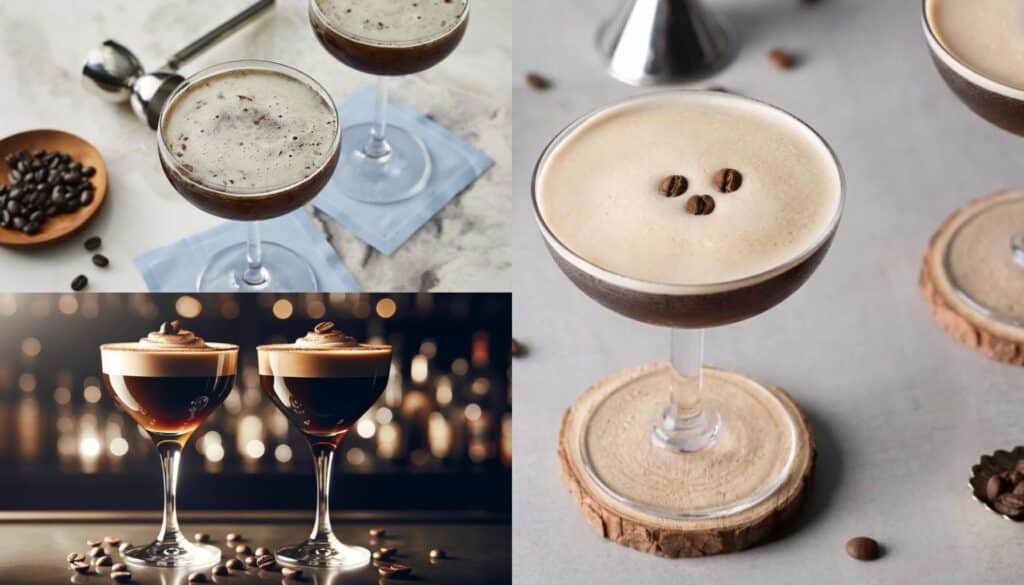
Enduring Relevance in Today’s Cocktail Scene
The Espresso Martini has not only persisted but thrived in modern cocktail culture due to several key factors:
- Versatility: Its versatility makes it adaptable to various trends and preferences, allowing it to be reinvented continually through new ingredients and presentation styles.
- Cultural Resonance: As coffee culture has grown globally, so too has the appeal of incorporating coffee into social and drinking experiences, making the Espresso Martini a cultural staple.
- Balance of Flavors: The cocktail expertly balances the bitterness of coffee with the sweetness of liqueur and the clean taste of vodka, creating a complex flavor profile that appeals to a broad audience.
Functionality in Various Settings
The Espresso Martini serves multiple roles across different social settings, enhancing its appeal:
- High-End Bars: In upscale environments, the cocktail is often seen as a sophisticated choice, frequently enjoyed as a digestif or a chic stand-alone beverage.
- Casual Gatherings: Its stimulating effects make it a popular choice for kick-starting the evening at more laid-back gatherings and parties.
- Dual Function: Uniquely, the Espresso Martini acts both as a stimulant, thanks to the caffeine from espresso, and as a relaxant, due to its alcohol content. This dual-function allows it to be enjoyed in various contexts, from energizing a night out to winding down after a meal.
Meeting Diverse Needs
The Espresso Martini exemplifies how a cocktail can meet diverse consumer needs and preferences:
- Variety of Consumers: Whether patrons are coffee enthusiasts, cocktail aficionados, or those seeking something unique, the Espresso Martini caters to a wide range of tastes.
- Adaptability to Trends: It aligns well with current trends toward craft beverages and premium, artisanal ingredients. Its simple yet customizable base lends itself to innovation, keeping it relevant and exciting.
- Satisfaction and Experience: The drink satisfies not just the taste buds but also contributes to the overall drinking experience, offering both comfort and a touch of luxury. This aligns with the guidelines’ emphasis on fulfilling user intent, as the Espresso Martini provides both a high-quality taste experience and the functional benefits of caffeine.
Cultural Impact and Evolution
Reflecting on its impact, the Espresso Martini has not only adapted to changes in drinking culture but has also influenced them. Its ability to stay popular over decades speaks to its deep resonance with consumers’ evolving tastes and its capacity to embody the spirit of both timeless tradition and innovative modernity in cocktail culture.
In summary, the Espresso Martini continues to be a cornerstone of modern cocktail offerings, proving that it can adapt to meet the demands of a diverse clientele while maintaining its essence as a beloved classic. Its role in various settings underscores its versatility and ability to deliver satisfaction, making it a perennial favorite in the ever-changing landscape of global cocktail trends.
Related Articles:
- How To Make An Espresso Martini
- How To Make A Salted Caramel Espresso Martini
- How To Make A Vanilla Espresso Martini
- How To Make An Irish Espresso Martini
- How To Make A Spiced Espresso Martini
Conclusion: Celebrating the Timeless Espresso Martini
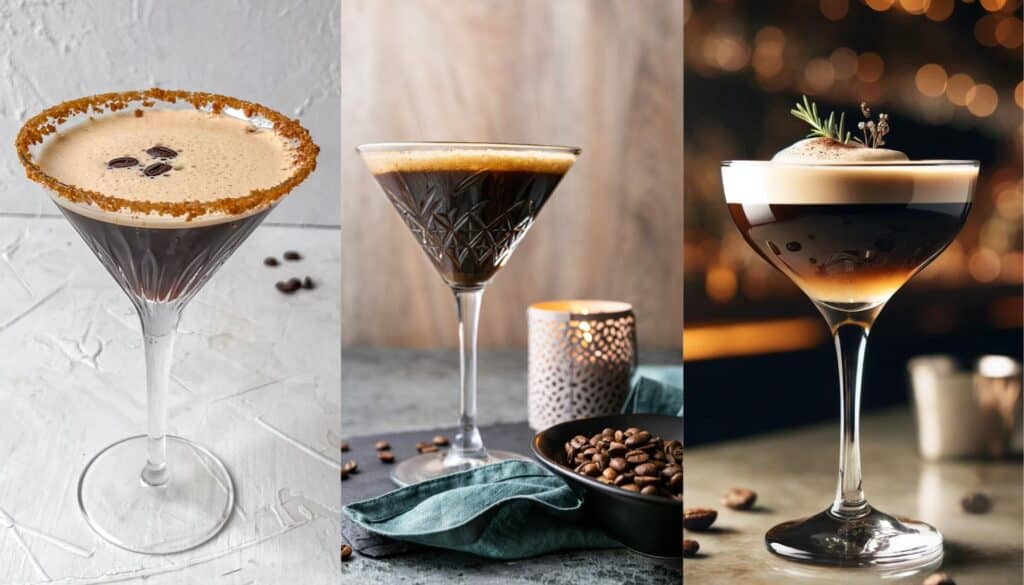
The Espresso Martini endures as a beloved fixture in the cocktail world, celebrated for its unique blend of strong coffee and smooth spirits. Its versatility has allowed it to adapt gracefully to shifting trends and tastes over the years, ensuring it remains as relevant today as it was when first concocted in the lively bars of 1980s London. The cocktail’s ability to balance the rich, robust flavors of espresso with the clear, crisp notes of vodka—and a touch of sweetness from liqueur—makes it a perennial favorite among diverse palates.
This cocktail’s enduring appeal encourages both mixologists and home bartenders alike to embrace experimentation. The basic framework of the Espresso Martini invites personalization, whether through the introduction of unique liqueurs, the infusion of different flavors, or simply by playing with the ratios to suit individual taste preferences. Each iteration, whether sticking close to the traditional recipe or veering into creative territories, respects the balance of tradition and personal taste that is the hallmark of great cocktails.
As we reflect on the Espresso Martini’s place in the cocktail canon, it’s clear that its significance goes beyond just flavor. It acts as a bridge between classic mixology and contemporary cocktail innovation, blending the artistry of the past with the dynamic creativity of the present. This drink is not just a testament to the skill of the bartender but also a canvas for continuous innovation, symbolizing the evolving nature of how we drink and celebrate.
Whether you are a seasoned cocktail enthusiast or a curious newcomer, the Espresso Martini offers a delightful experience of exploration and enjoyment. So, raise your glass to the Espresso Martini—a true icon of the cocktail world that continues to inspire and excite with every sip.
Frequently Asked Questions about the Espresso Martini
Q1: What is the best vodka to use for an Espresso Martini?
- A1: For an Espresso Martini, it’s ideal to use a smooth, high-quality vodka that complements the strong flavors of the espresso without overpowering it. Brands like Grey Goose, Absolut, and Ketel One are popular choices for their clean and crisp profiles.
Q2: Can I make an Espresso Martini without an espresso machine?
- A2: Yes, you can still create a delicious Espresso Martini without an espresso machine by using cold brew coffee concentrate as an alternative. It offers a smoother and less acidic taste, although the texture and crema may differ from traditional espresso.
Q3: What can I substitute for coffee liqueur in an Espresso Martini?
- A3: If you don’t have coffee liqueur like Kahlúa, you can substitute it with other dark liqueurs such as Tia Maria, or even try a DIY approach by combining brewed coffee with a bit of sugar and a splash of vodka.
Q4: How do I get the perfect frothy top on my Espresso Martini?
- A4: The key to achieving the perfect froth is vigorous shaking. Ensure your espresso is cool and shake it with the other ingredients in a cocktail shaker filled with ice for about 15-20 seconds. This introduces air and chills the mixture, creating that signature frothy top.
Q5: Is it possible to make a non-alcoholic version of an Espresso Martini?
- A5: Absolutely! For a non-alcoholic Espresso Martini, replace the vodka and coffee liqueur with non-alcoholic alternatives such as a non-alcoholic spirit or an alcohol-free coffee liqueur. Adjust the sweetness with simple syrup to taste.
Q6: What garnishes can I use for an Espresso Martini?
- A6: The traditional garnish for an Espresso Martini is three coffee beans, which symbolize health, wealth, and happiness. Other options include a light dusting of cocoa powder, a swirl of caramel, or even a small sprig of mint for a fresh contrast.
Q7: Can I prepare Espresso Martinis in advance for a party?
- A7: Espresso Martinis are best served fresh due to the interaction of the espresso with the alcohol and the desired frothy texture. However, you can pre-mix the vodka, coffee liqueur, and simple syrup in a pitcher and store it in the fridge. Just add freshly brewed espresso and ice, then shake when ready to serve.
Q8: How can I make my Espresso Martini less sweet?
- A8: To make your Espresso Martini less sweet, reduce or omit the simple syrup. You can also choose a less sweet coffee liqueur or adjust the amount of liqueur to lessen the overall sweetness of the cocktail.
Q9: What food pairs well with an Espresso Martini?
- A9: Espresso Martinis pair beautifully with desserts, especially those featuring chocolate, vanilla, or coffee flavors. They also complement rich, creamy cheeses or savory appetizers like salted nuts or charcuterie.
Q10: How long does it take to make an Espresso Martini?
- A10: It typically takes about 5 minutes to make an Espresso Martini. This includes the time to measure and mix the ingredients, shake them up, and serve. Ensure your ingredients are prepared and accessible to streamline the process.
